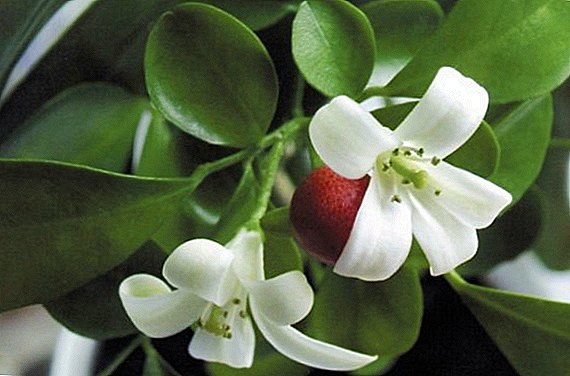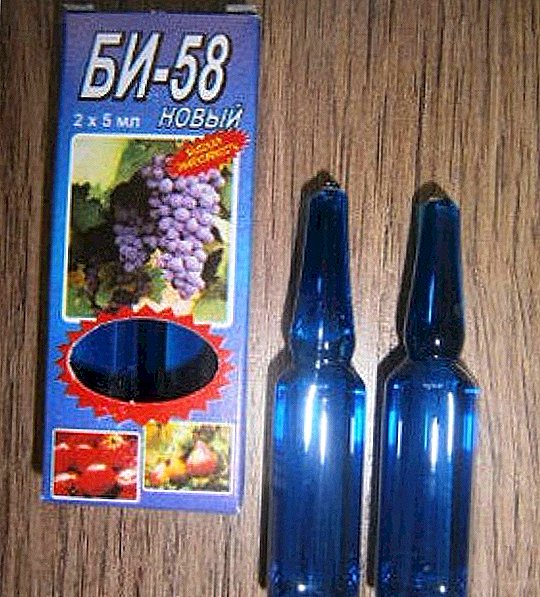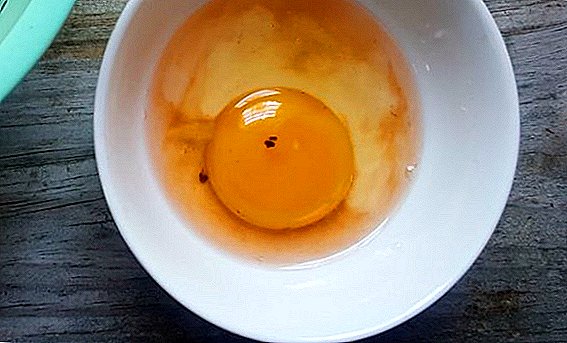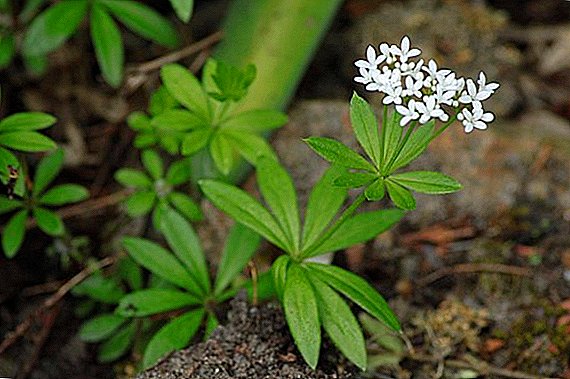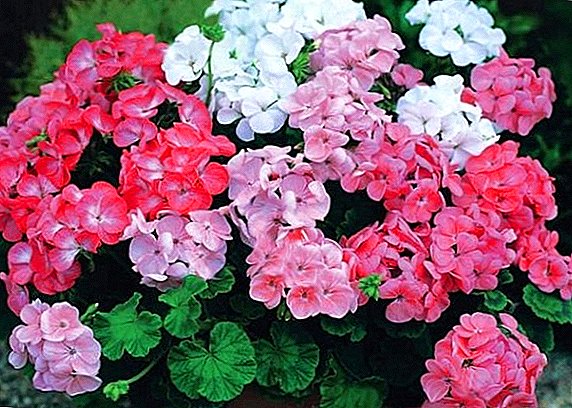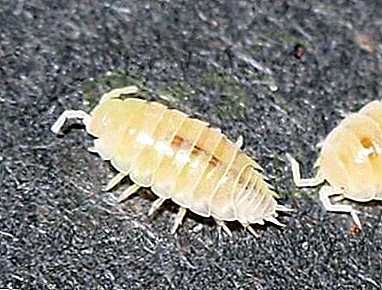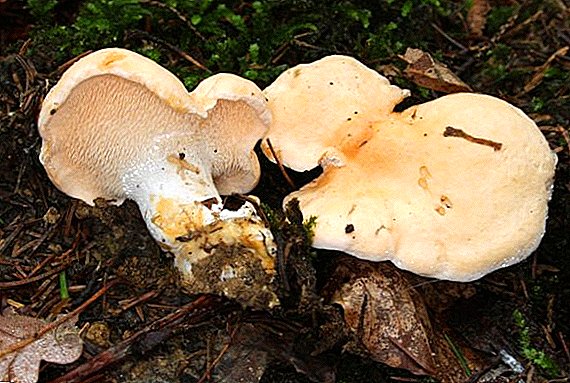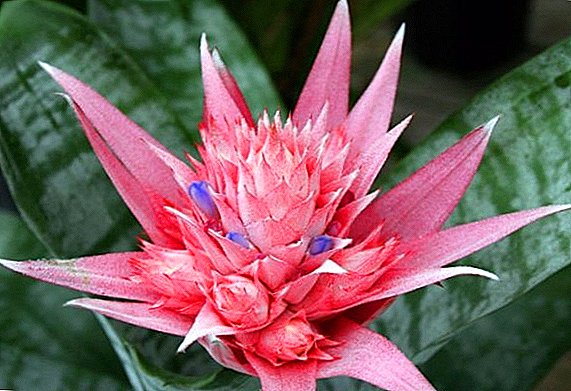 Bromeliad is a plant native to the tropics, easily grown at home. There are about 50 species, they differ in the structure of the leaves and inflorescences, and some wild subspecies even bear fruit and are used by the locals in the preparation of food. The flower serves as an exotic decoration for homes and workplaces, well suited to the modern style of interiors.
Bromeliad is a plant native to the tropics, easily grown at home. There are about 50 species, they differ in the structure of the leaves and inflorescences, and some wild subspecies even bear fruit and are used by the locals in the preparation of food. The flower serves as an exotic decoration for homes and workplaces, well suited to the modern style of interiors.
Now, thanks to the flower growers who brought it in and observed the peculiarities of development, the plant can be bought in our stores. And although this herbaceous perennial flower does not belong to fastidious, bromeliad still requires some attention, and the article will help you figure out how to care for it.
To please the gardener's eye and surprise the guests with originality such exotic pot plants will help: medlar, dracaena, plumeria, agave, strawberry tree, adenium, kumquat, lithops.
Optimal conditions for growing in the house
A temperate climate is unusual for this plant. If you just bring a flower from the store and start watering as usual, it will die. Even if the plant does not require constant monitoring and care, it is necessary to spend time on ensuring that it feels comfortable. 
Location and lighting
Bromelium for normal growth requires moisture, which the plant receives both from the air and from the soil, so care at home begins with the choice of location for the flower. Choose the wettest place in the house.
The room should be without drafts and well lit, but it is better to avoid direct sunlight - burns on the leaves can occur. If these conditions are met, the plant will feel comfortable on the eastern windowsill or in the southern part of the house.
On the windowsill you can grow not only indoor plants, but also garden plants: cucumbers, tomatoes, chilli peppers, dill, lettuce, green onions, basil, arugula. All year round you will receive a harvest of your own vegetables and greens grown with your own hands.

Temperature conditions
Maintaining a normal temperature contributes primarily to the blooming of bromeliads. For optimum conditions a temperature of +25 ° C is required. If flowering has already begun or bromeliad enters a dormant stage, lower the temperature to +18 ° C. The lower acceptable threshold is +12 ° C.
Did you know? There are many varieties of flower. For example, in 2009, Dutch experts brought a variety that can withstand temperatures up to -20 degrees.
Features care for bromelium at home
In order to avoid unnecessary problems with growing a flower, you should take into account everything: water quality for irrigation, periodic procedures for leaves and inflorescences, soil, proper feeding, timely disposal of parasites, the need for transplantation and other aspects specific to bromelia.
Watering and moisture
Due to the peculiarities of the root system, the plant cannot absorb all the necessary moisture with their help. Therefore, the flower is watered correctly into a rosette of leaves (fertilizing is carried out in the same way). On hot days, bromelium must be watered quite often - every 2-4 days. During colder periods, when moisture evaporates slowly, it is watered once a week.  Nevertheless, the soil must be wet, so that the root system does not dry out. Concerning air: at home, 60% of humidity is enough. Some efforts are made to achieve this mark. You can use air humidifiers or place containers with moss and expanded clay next to the plant.
Nevertheless, the soil must be wet, so that the root system does not dry out. Concerning air: at home, 60% of humidity is enough. Some efforts are made to achieve this mark. You can use air humidifiers or place containers with moss and expanded clay next to the plant.
Important! Use only soft water for watering.For the flower is very useful periodic spraying of the leaves. Having figured out how to water bromelium, also do not forget to wash the plant outlet every few months.
Soil and fertilizer
The rhizome of a flower needs loose, breathable soil. Optimal bromeliad primer is obtained from the following components:
- 2 pieces of leafy ground;
- ½ part sand;
- 1 part peat;
- 1 part of the humus.
Drainage 3 cm thick (or one third of the pot) is laid out on the bottom of the flower tank; an expanded clay layer is suitable. Adding charcoal will make the soil more fertile. Also in the soil you can add bark of conifers and sod land.  During the period of intensive growth, the plant needs regular fertilizer, once every 2-3 weeks. In case activity is not observed, it is enough to enrich the soil with fertilizers once a month. Under natural conditions, bromeliads are consumed with a small amount of nutrients, hence the main rule of fertilizing is to fertilize moderately. Special mineral liquid mixtures for bromeliads are used as top dressing. The solution is introduced during watering in the bromeliad.
During the period of intensive growth, the plant needs regular fertilizer, once every 2-3 weeks. In case activity is not observed, it is enough to enrich the soil with fertilizers once a month. Under natural conditions, bromeliads are consumed with a small amount of nutrients, hence the main rule of fertilizing is to fertilize moderately. Special mineral liquid mixtures for bromeliads are used as top dressing. The solution is introduced during watering in the bromeliad.
Important! Fertilizers should not contain boron and copper due to the toxic effects on the plant.

Bromeliad: flowering period
Bromeliad blooms only once in its life and lasts for several months, most often in the summer, after which the plant dies. As noted earlier, the main condition under which successful flowering can be achieved is to maintain the temperature at 21-25 degrees. Sometimes there is no apparent reason to understand why bromeliad does not bloom. However, even in conditions close to ideal, the plant may never bloom.
There is a technique by which the process in question can be stimulated by circumventing the natural terms and conditions. The fact is that ripe fruit, especially not ripe, secrete ethylene, which provokes flowering plants. Buy a few fruits (unripe bananas are best), put them next to bromeliad, wrapping everything in a plastic bag, and your plant will bloom regardless of the period. 
Did you know? Pineapple belongs to the bromeliad family. The cut off tip can also be grown at home. To begin with, it is placed in water until the root system appears, then it is planted and looked after. After a few years, the plant will give a new pineapple.
Bromelia after flowering
Babies will grow out of the maternal outlet, which can be left behind, gradually removing the dried parts of the flower and subsequently planting them in different pots. This way you can save offspring after the bromelium has faded. Children will continue to develop separately and will also bloom.
Bromeliad transfer rules
Before transplanting bromelium, keep in mind that often the plant does not tolerate transplantation, therefore it is better to grow new bushes from the children. Use young shoots, tied at the base. 
Did you know? For bromeliad, transplanting after purchase is not at all obligatory; on the contrary, it will harm the plant.For seedlings you will need a soil mixture:
- substrate for orchids;
- sand;
- peat.
The escape is separated when he has grown to at least a third the length of his parent. The seedling is deepened into the soil by 2-3 cm. While the roots are forming at the plant, it is necessary to prop the process with a wooden peg.
Problems in growing: pests and diseases
Since bromelium itself is not fastidious, problems and diseases arise mainly due to mistakes made during the care of the plant. The main enemies of the flower are scale insects and mealybugs. Flags feed on sap from leaves and stems, and the product of their vital activity is a fluid that promotes the development of fungus.  The described pests are harvested by hand, then the leaves are cleaned with a solution of green soap.
The described pests are harvested by hand, then the leaves are cleaned with a solution of green soap.
Important! To prevent the reappearance of pests for at least several months, it is better to repeat the treatment three times.Some problems occur without pests. Dried leaf tips indicate low humidity. Direct sunlight can leave burns, and leaves are covered with spots. If the plant begins to wither and turn yellow, most likely the reason lies in a low temperature or in too abundant watering. Bromeliad requires a lot of moisture, but you should wait until the moisture is fully absorbed.
If you pay due attention to the plant, it will decorate your home flower collection for a long time. In order not to lose the flower, continue to care for his offspring as well as for the parent, and you will watch more than once how the bromelium blooms.


